Rooted:
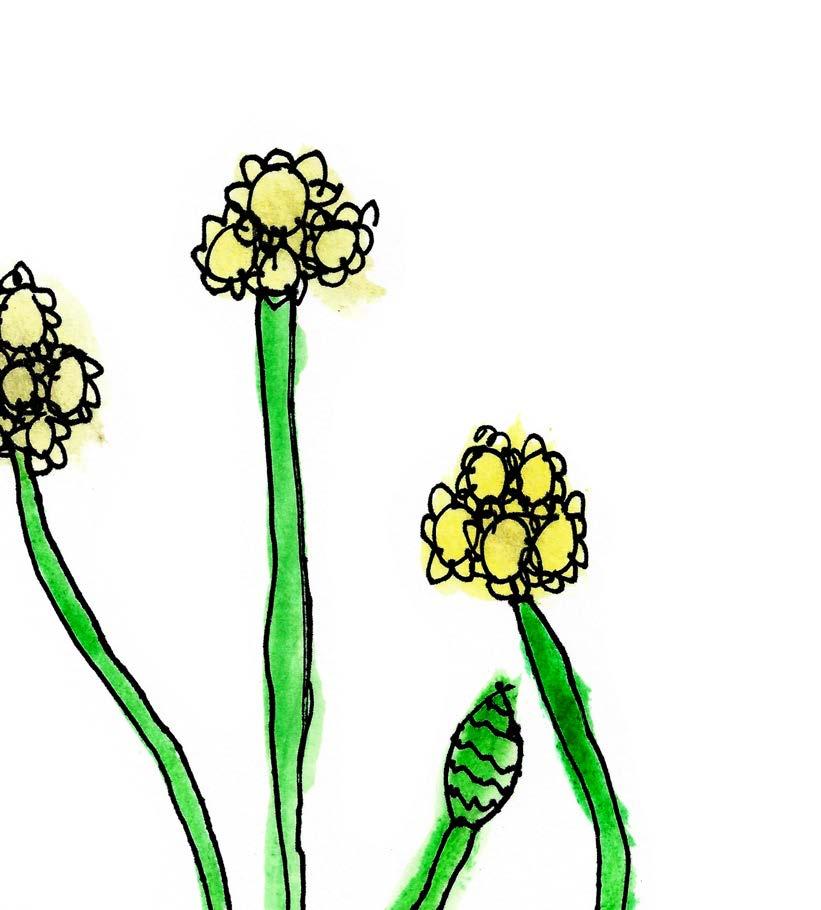
Solidifying a Sense of Community and Trust at C&C During a Pandemic
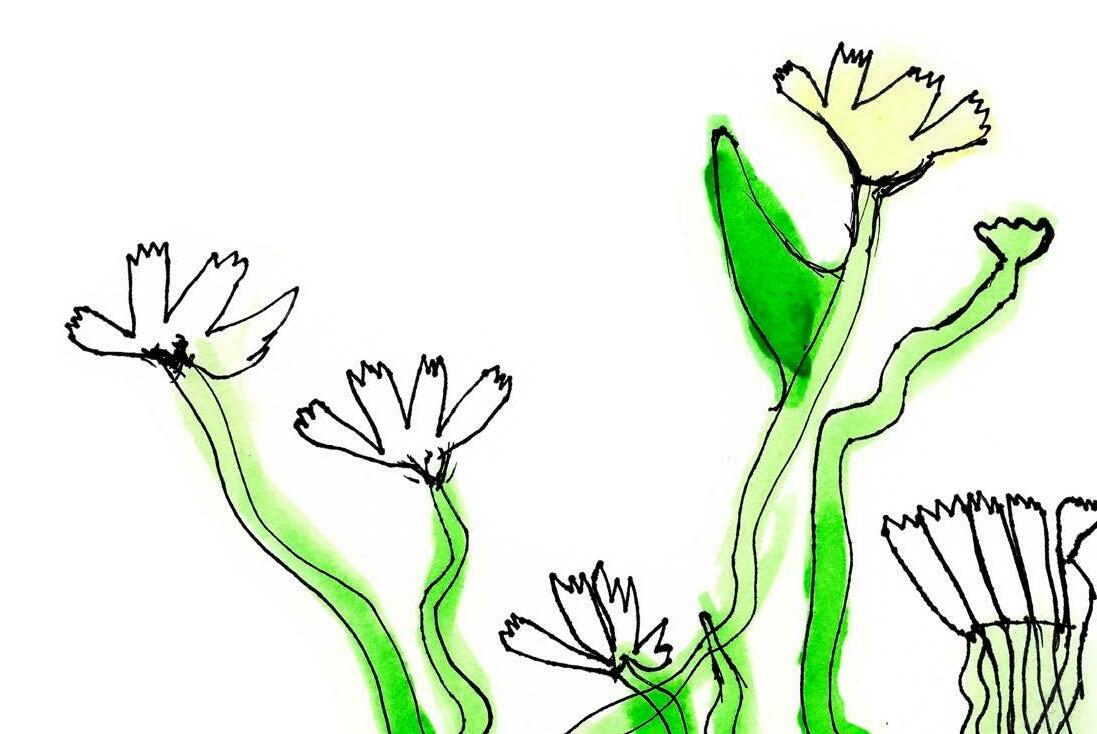
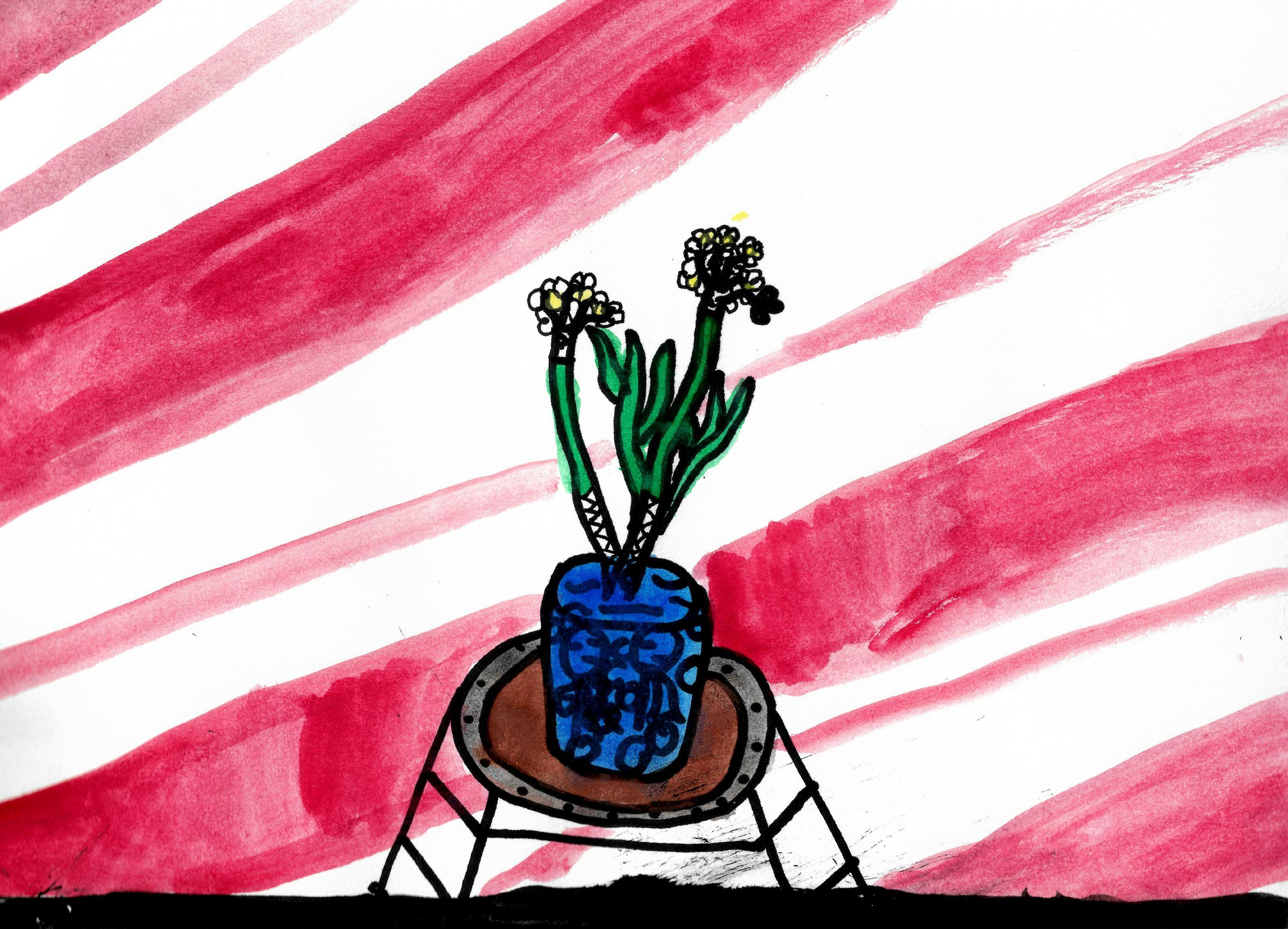




The strange experience of a pandemic, lockdown, and return has been the most extraordinary two years we have ever experienced. All of us, children and adults, have needed to confront ourselves in new ways at increasingly unexpected moments. We have engaged in real conversations. We have learned new things about each other. Our own feeling and experience of community has evolved, and that has been life changing. But the feeling and experience of knowing each other, and recognizing that when we work together unimaginable things can happen, is consistent.
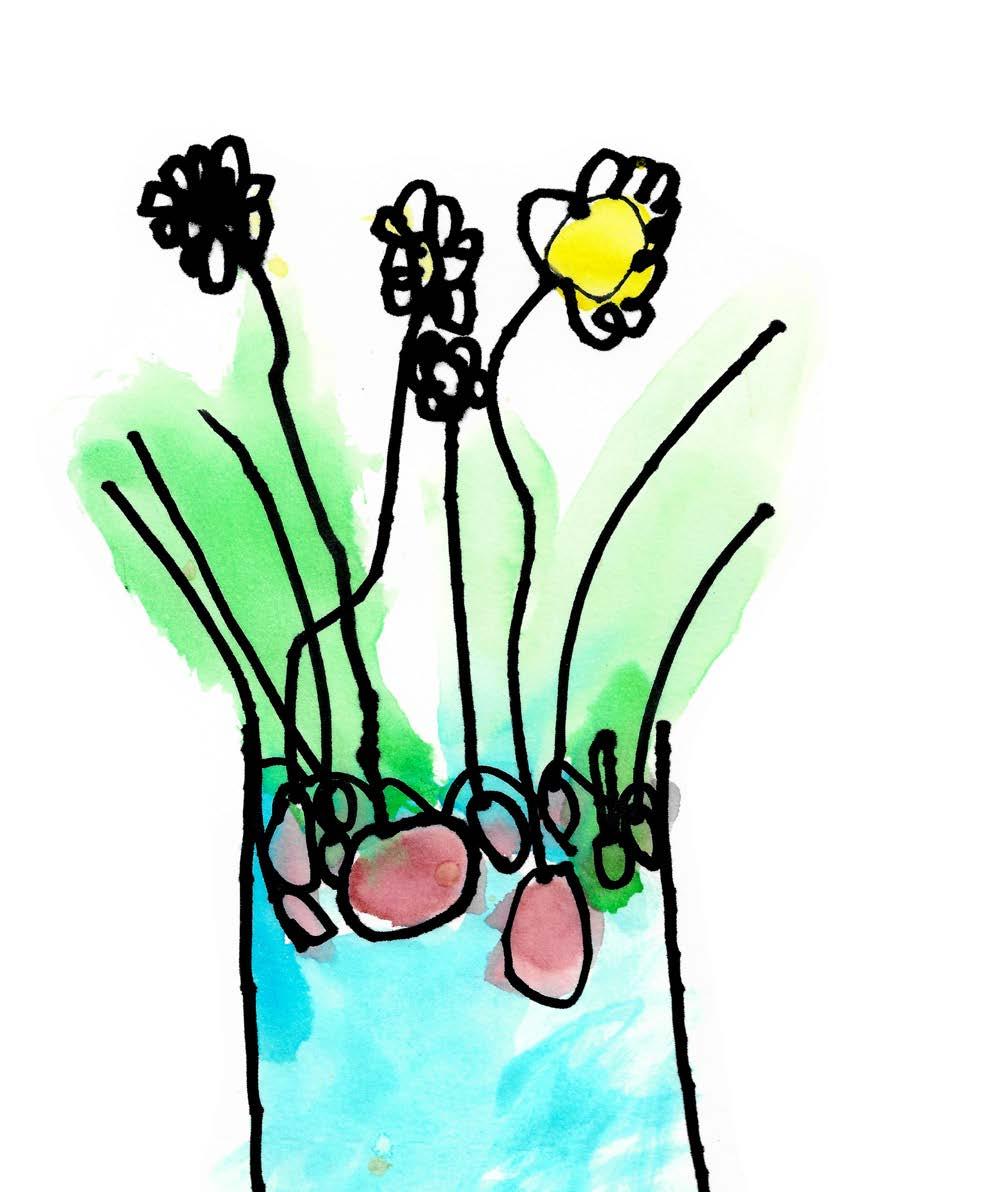
We continued the work that has been done for over a century at C&C—we learned how to recognize both how different we can be from each other and how connected we can become.
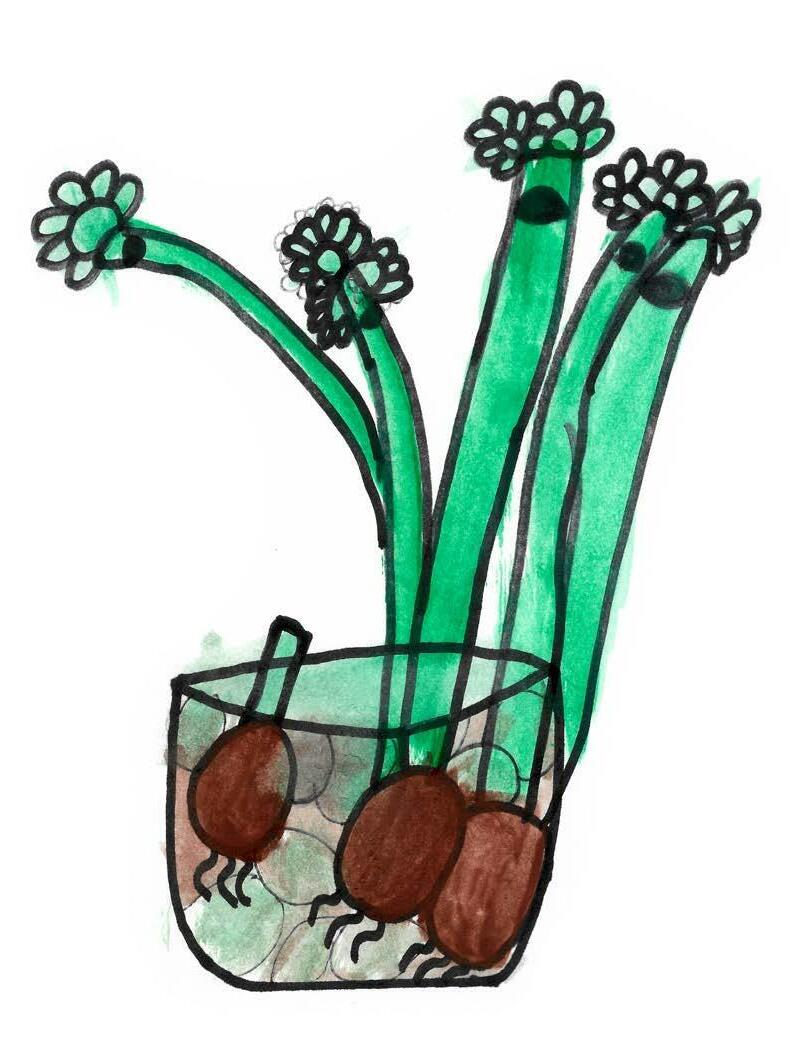

In what has become an unexpected ritual, I mail notes and paperwhite bulbs to all the Lower School Groups in the early winter months. The gesture is one of hope and possibility just as the New York winter begins to set in. Teachers introduce the bulbs and the letters in different ways at different age levels, leading up to the Winter Break. The children investigate, watch carefully, absorb, imagine, become. They write return letters and invite me to look at what is happening with the bulbs in that moment.
When I pass through their classrooms. they urge me to come over and look at what has changed. Children investigate, cut open, add water, experiment, look closely, remove from the light, and record the changes they are observing—a scientific opportunity has emerged! They look closely and carefully at something that is alive and is changing every day, possibly as they are aware that they too are changing. The children in each VIIs Group were watching their own bulbs grow and bloom in separate Classrooms.

their teachers, the children found waystoshare Therewas no need to sketch with pencil before makingtheline
theyw thesei perma

werelookingatis revealed differently in each individualartwork . eintimatemoments usingdouble-nibbed Sharpie pens andwatercolorpaints . manentwithaninktool.There is no hesitation; they can trust the lines theycreate .


The shared experience of creating as a Group made them bold. They made mistakes together, they have been vulnerable, they are living through a pandemic.



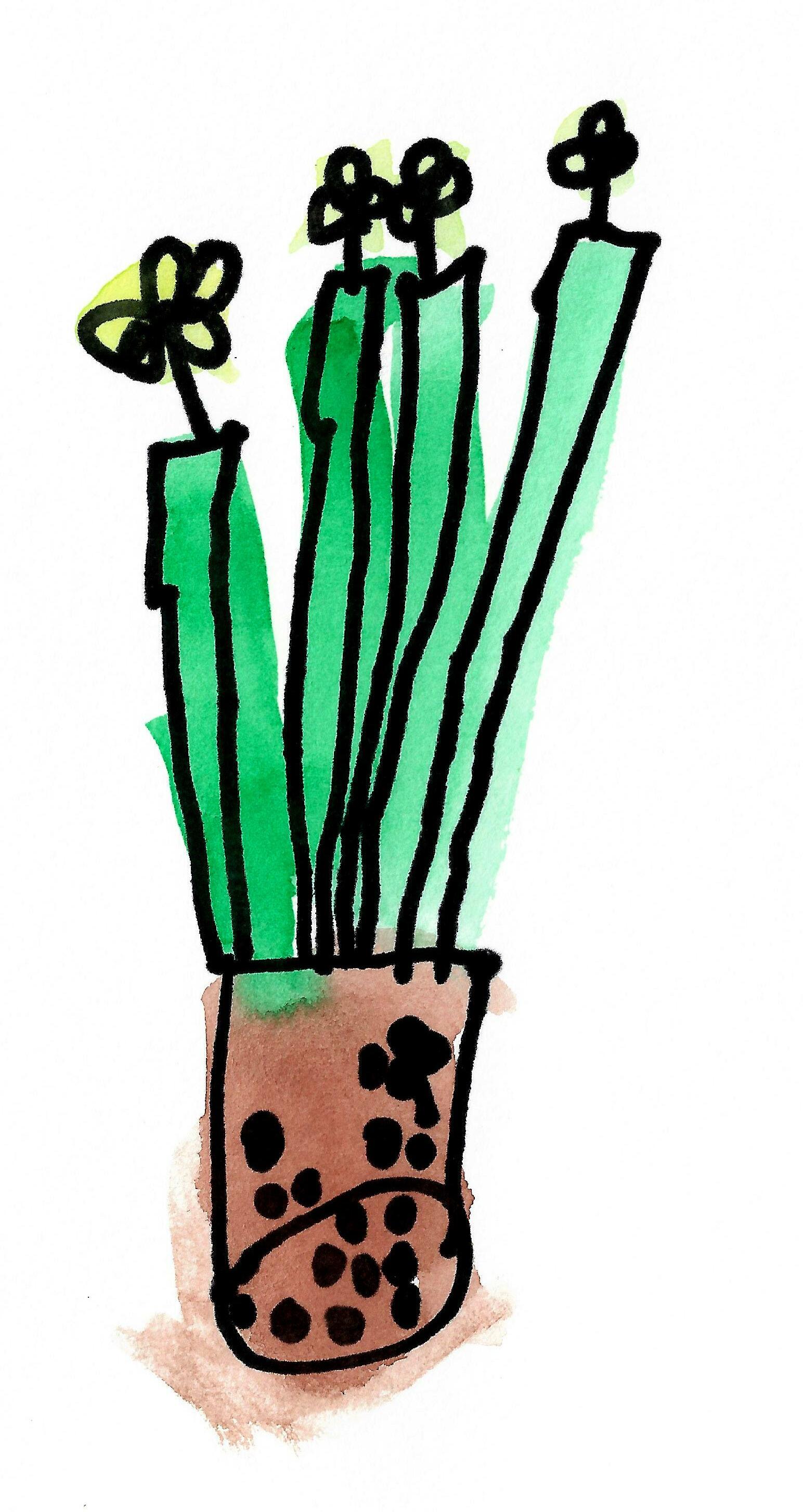
Their confidence is represented here in their work. Each an independent collection; each collection a manifestation invited by the VIIs Group Teachers—Ruth Cataldo, , and Tim Nesbith—at a moment that felt right.
A collective experience is celebrated in the beauty of what the VIIs created together in their complete collection, as well as through Group Teachers throughout the Lower School as they observe children drawing and imagining what they seek to share.
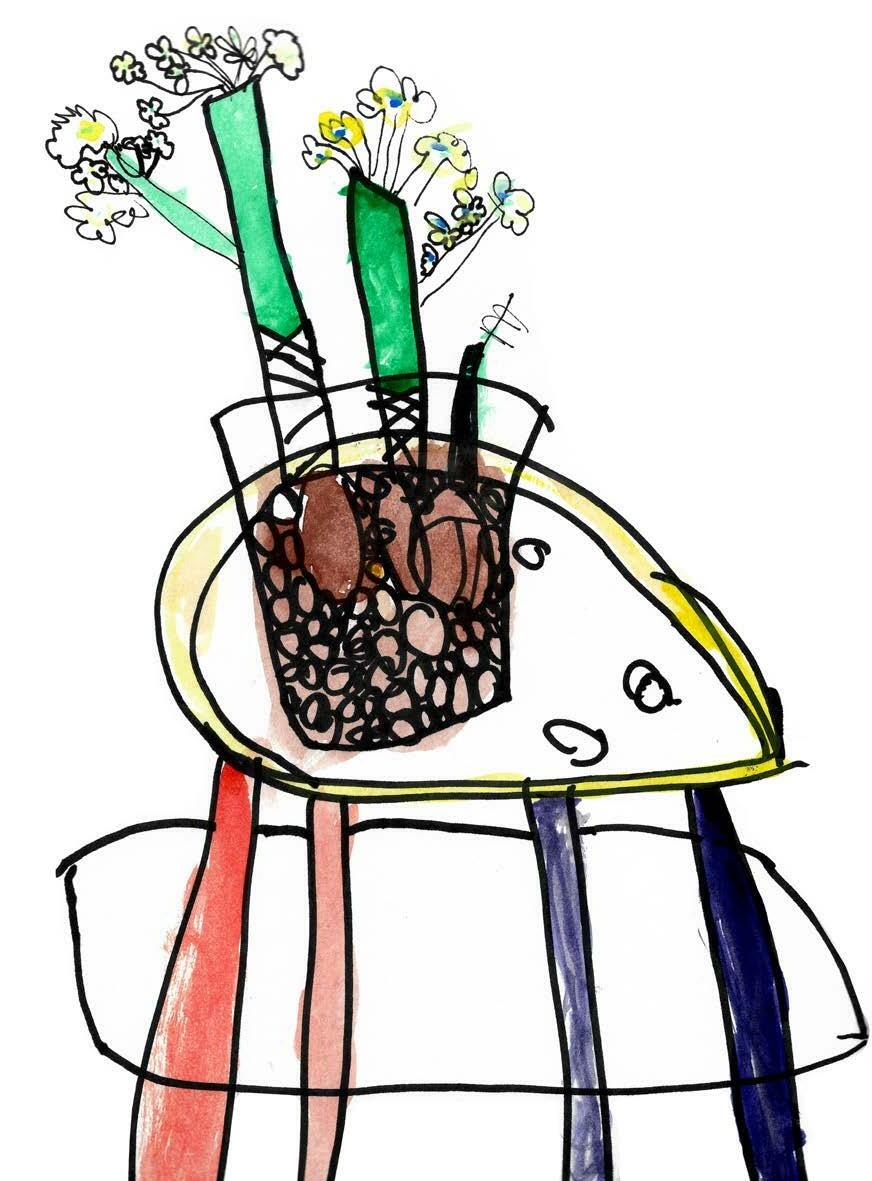 — Jane Clarke, Director of the Lower School
— Jane Clarke, Director of the Lower School
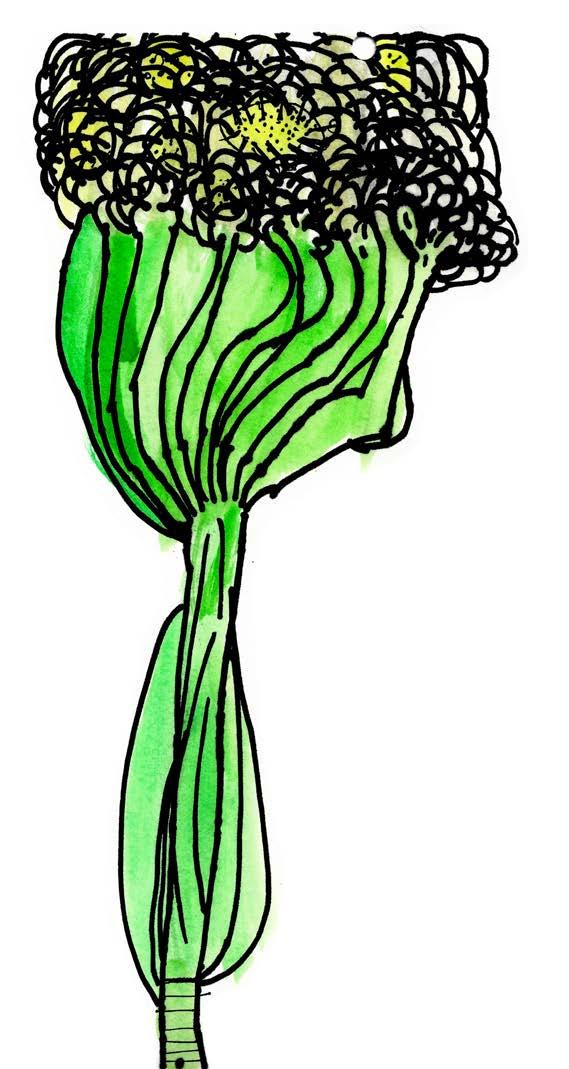
I hope you take a moment to savor how our children see their world…

Teachers from throughout the Lower School talk about the importance of this yearly tradition, the work of their children, and the work of these VIIs.
 Liana Stampur, IVsL Group Teacher
Liana Stampur, IVsL Group Teacher

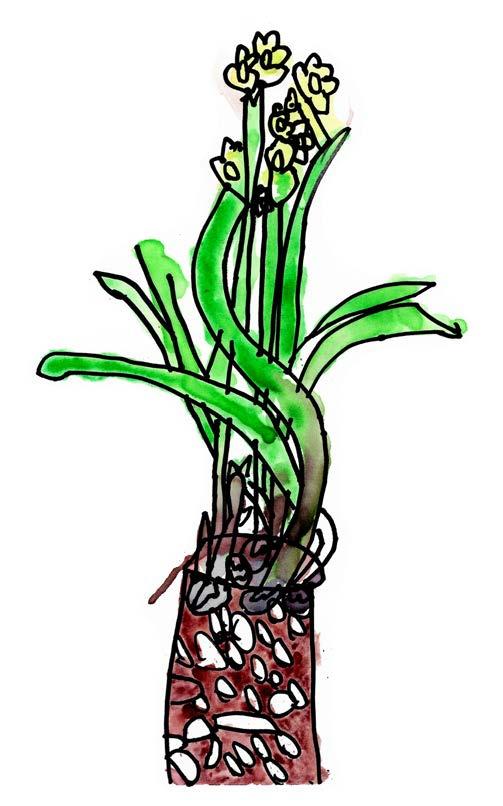
It all begins with the time to observe and look closely. Children need to be able to see their interests from many angles. After they can observe together and share their sometimes differing perspectives, they become invested in their subject as a Group.

They report back to one another, and it is this practice—of seeing something from many angles, utilizing prior knowledge to infer, and then collective witnessing an outcome or lack thereof—where IVs are practicing what it means to be a member of a Group.
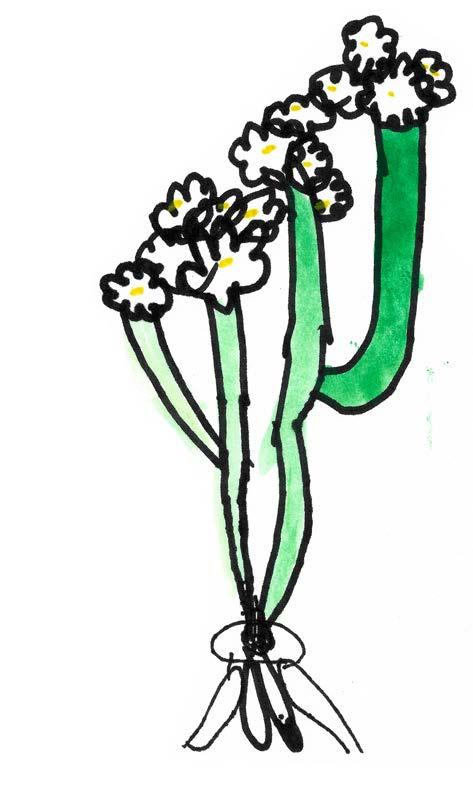
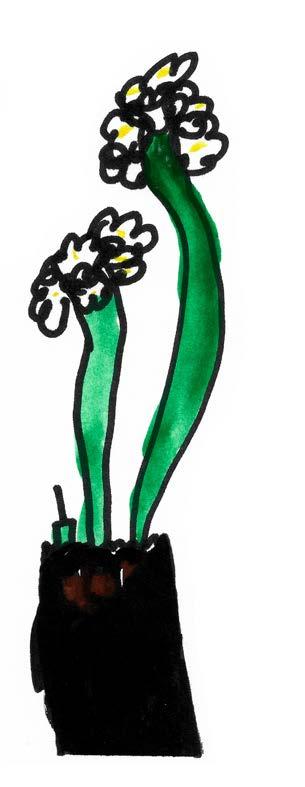

So often a child draws my attention to something so tiny, so detailed, that I as an adult have to blink and refocus my gaze to share in their discovery.

To respond in these moments means disrupting the time-based agenda of putting away Yard materials, or finishing the book in time for dismissal.

Then I remember that this is the agenda.
So I say, “Let me see.”
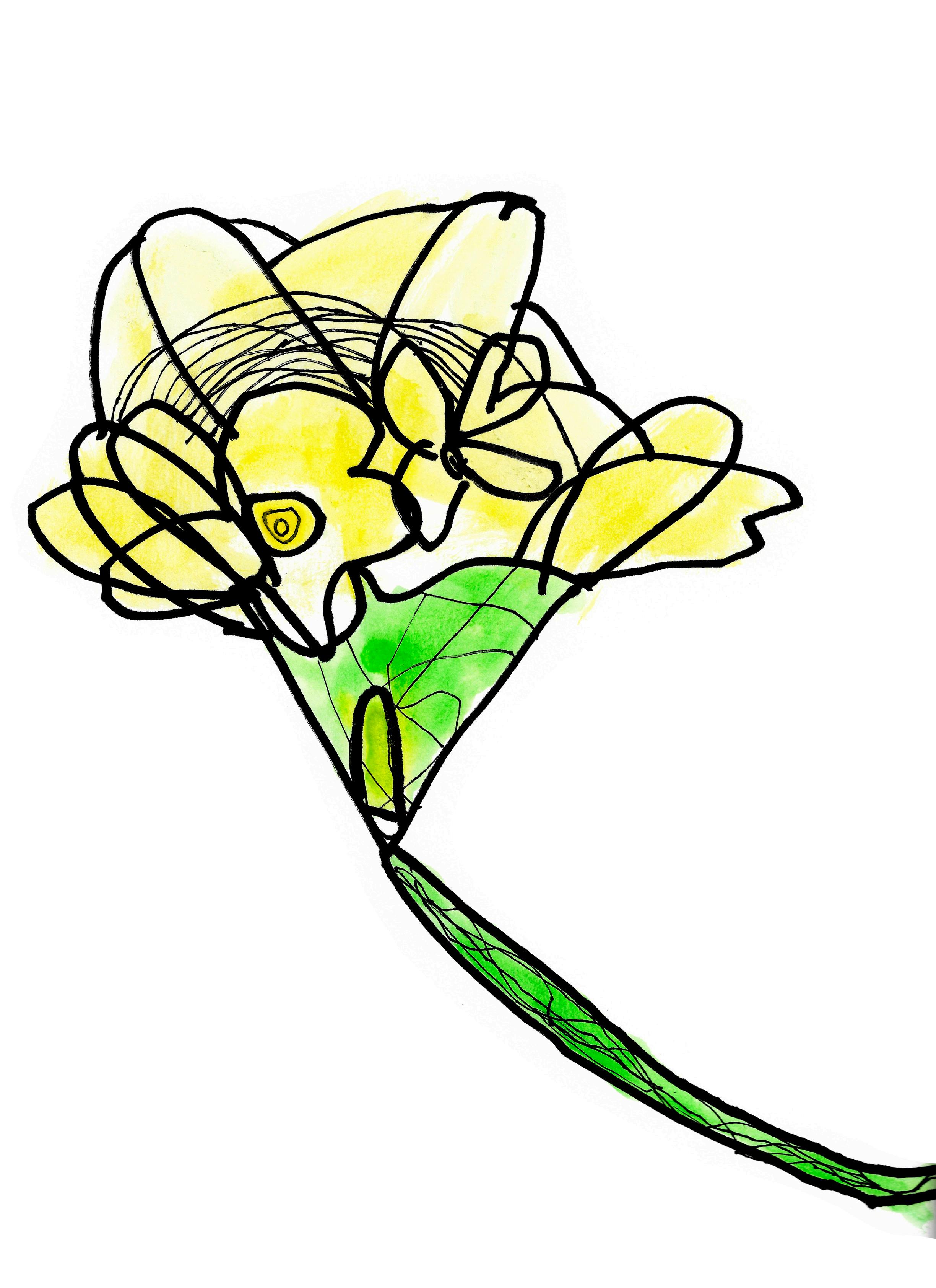 Tara DiGerlando, VIsT Group Teacher
Tara DiGerlando, VIsT Group Teacher
Every child looks through their own lens and shares their own personal view, bringing something different to the Group.
When we examine the parts that make up a whole, we better understand how each part is reliant on one another to make up that whole.
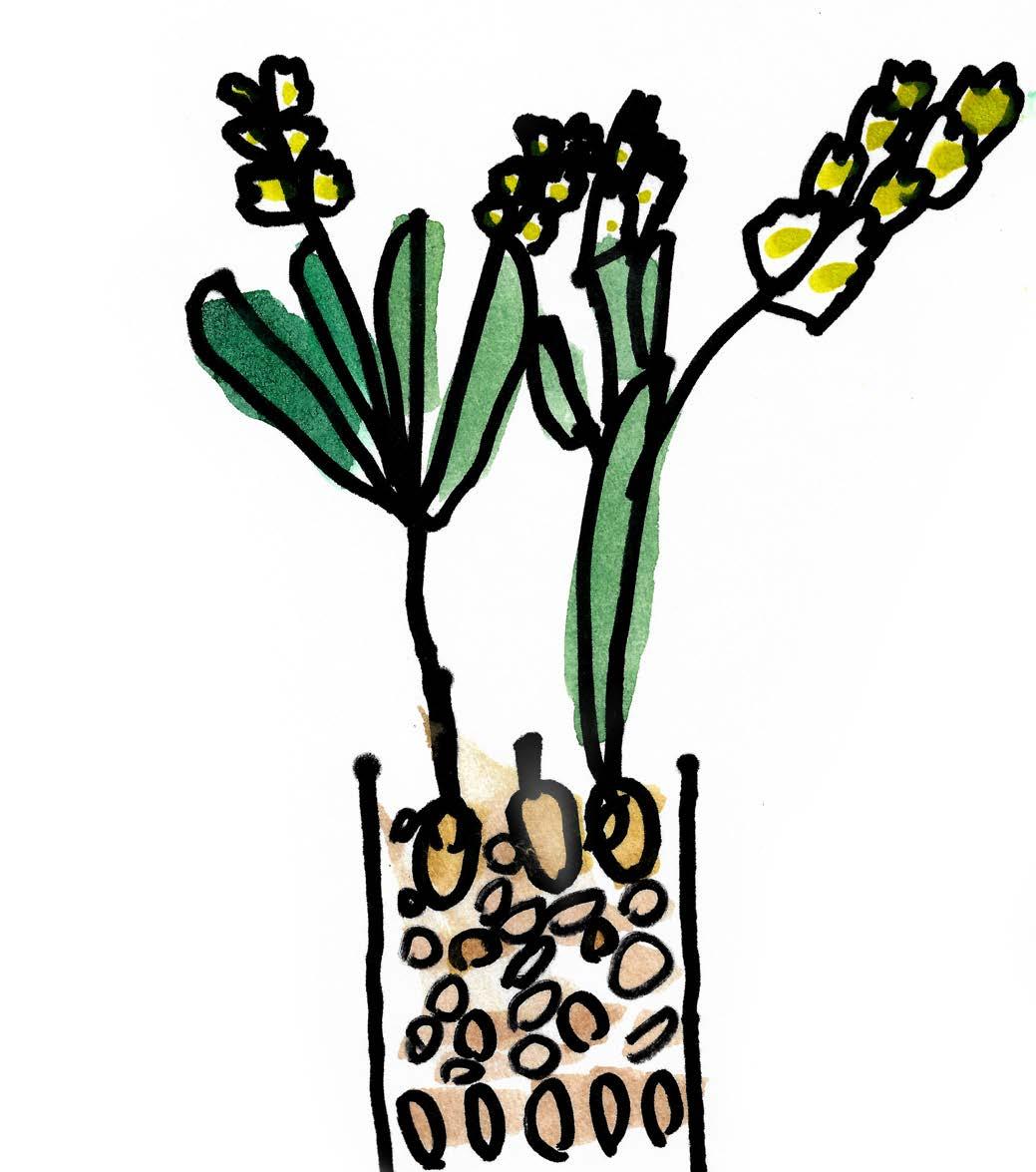
By regularly looking closely, children begin to habitually see and understand the importance of the makeup of something, the nuances it is composed of, and the detail that makes it unique.

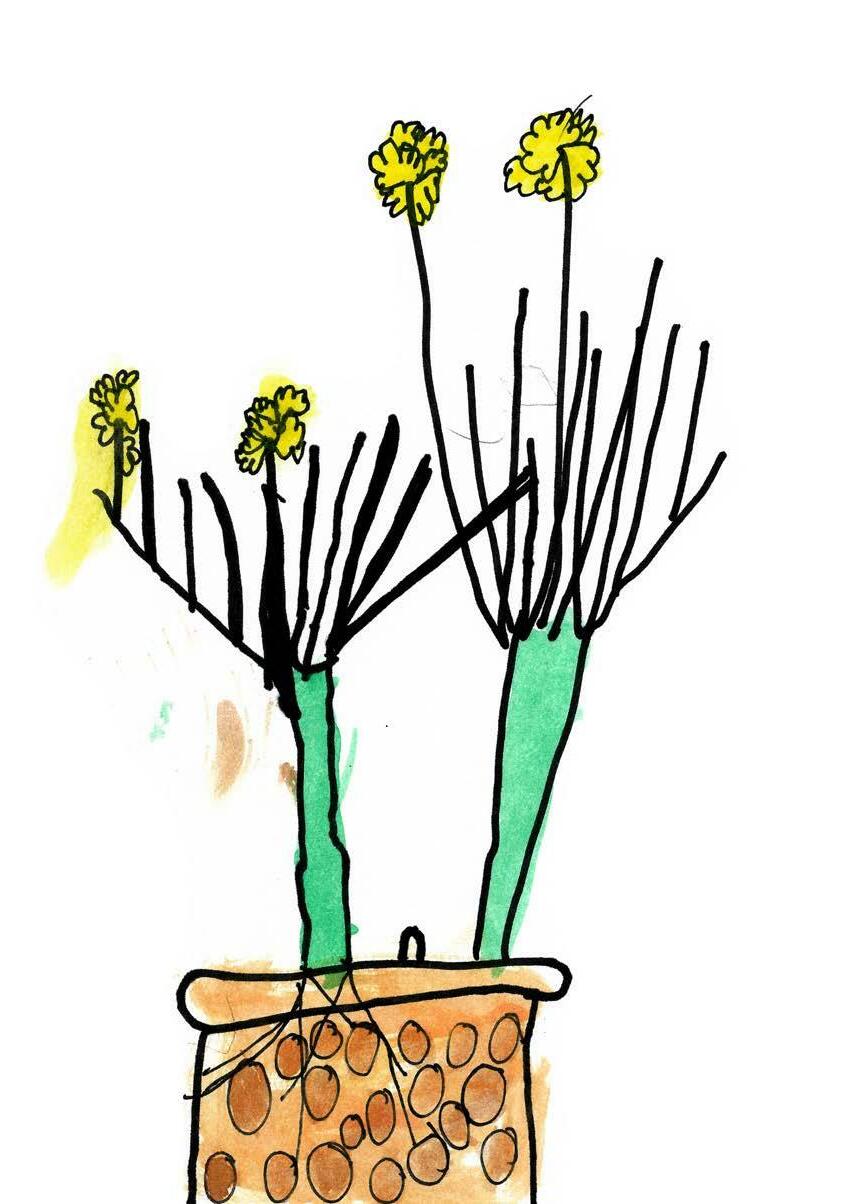
When children view the world in this way they reflexively think more deeply and ask more questions in order to make meaning for themselves.Ruth Cataldo and Sam Miller, VIIs Group Teachers
As VIIs look closely while they are making art, simultaneously they begin to see outwardly and come to know internally...
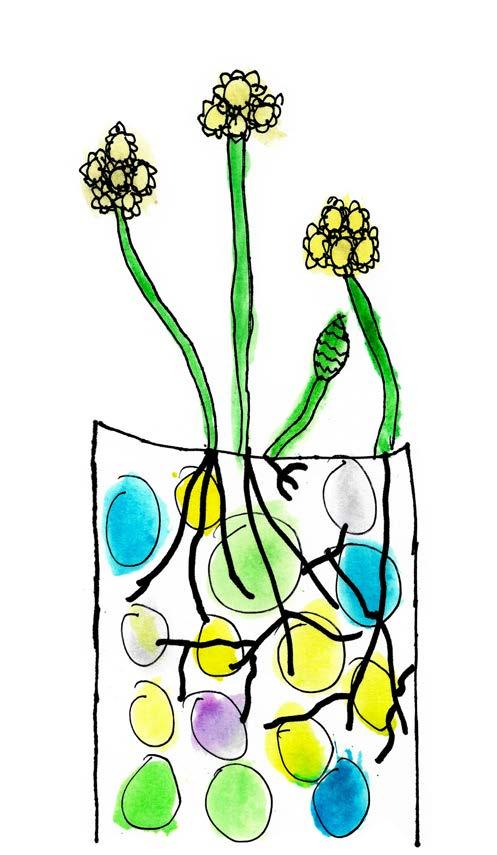
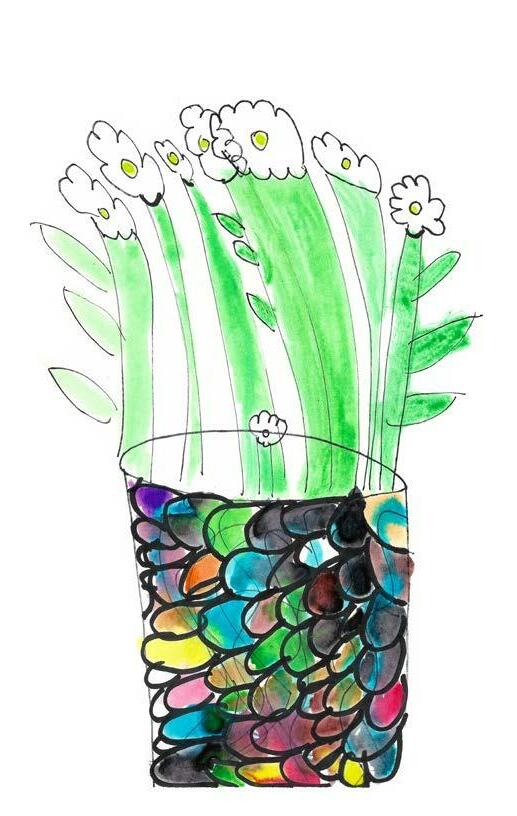
that what they are taking in may be different from what another is encountering.
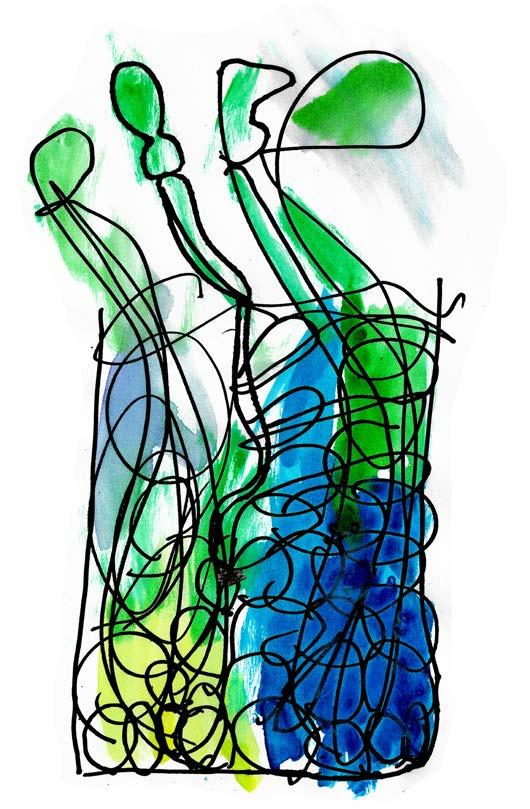

146 West 13th Street New York, NY 10011 212.242.7802 www.cityandcountry.org
1914 by pioneer educator Caroline Pratt. Lower School classrooms are equipped with ample space and an abundant supply of
carefully chosen materials including paint, sand, clay, wood, water, and Pratt’s creation: wooden indoor unit blocks, now used the world over. These open-ended materials, along with teachers who expertly guide their use, inspire creativity and cooperation, while
also promoting children’s active involvement and independence. The emergent academic skills of math, reading, and writing are taught and stretched in systematic and contextual ways.
Art in this Portfolio was created by students in the 2021–2022 VIIs Groups:


VIIsR: Aria, Bailey, Francis, Caper, Corina, Emma, George, Isobel, Luna, Mabel, Nicholas, Nur, Olivia, Simon, and Victoria
VIIsS: Beatrice, Evelyn, Frances, Jack, Lila, Lucy, Philip, Rose, Serena, Skye, Sophie, Tai, Téa, and Zephyr
For more information about this publication or City and Country School, please contact Director of Communications Christina Hultholm at 212.506.5950 or christinah@cityandcountry.org.
City and Country School’s Principal is Scott Moran.
Designed by Gin Chen.